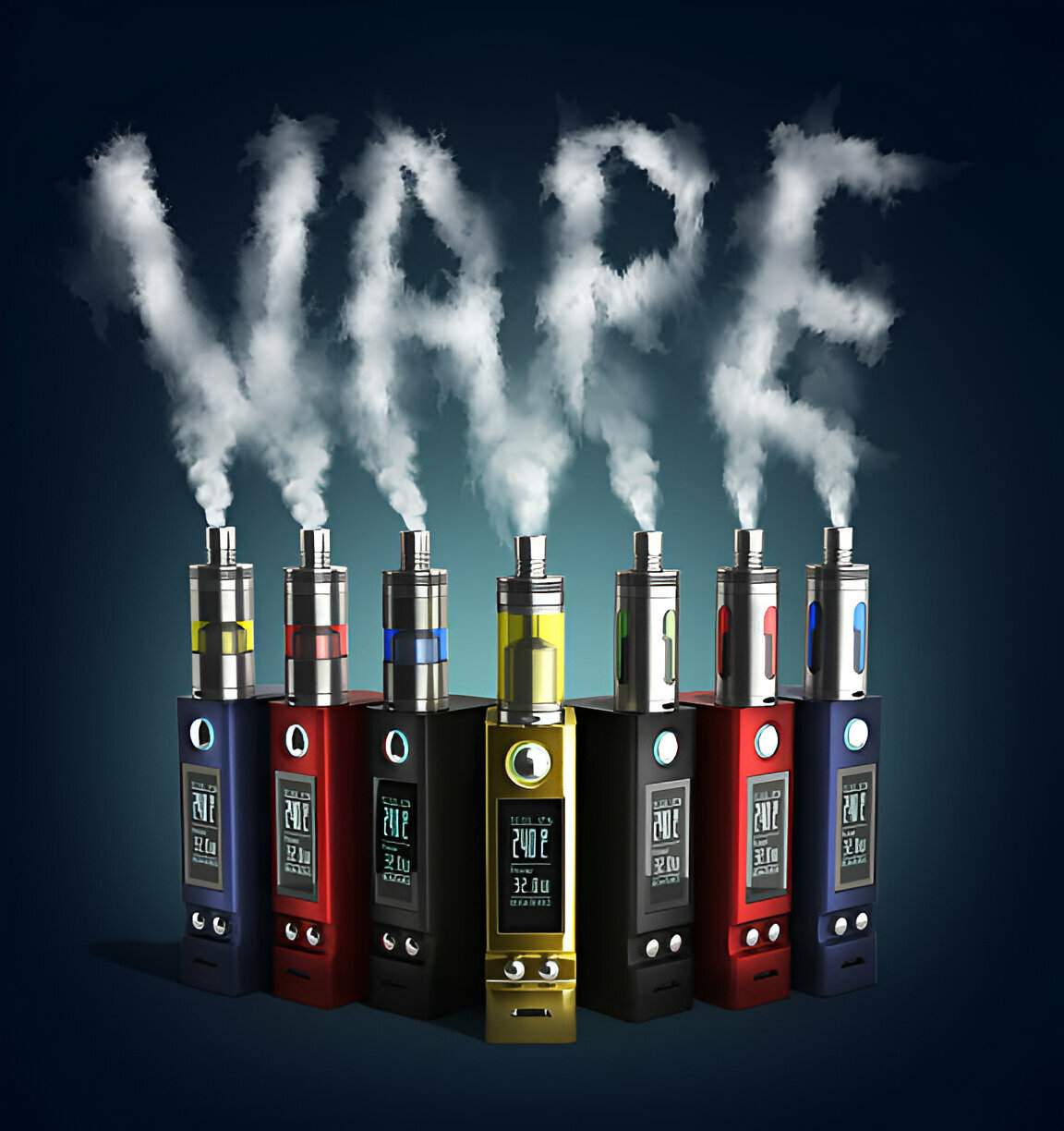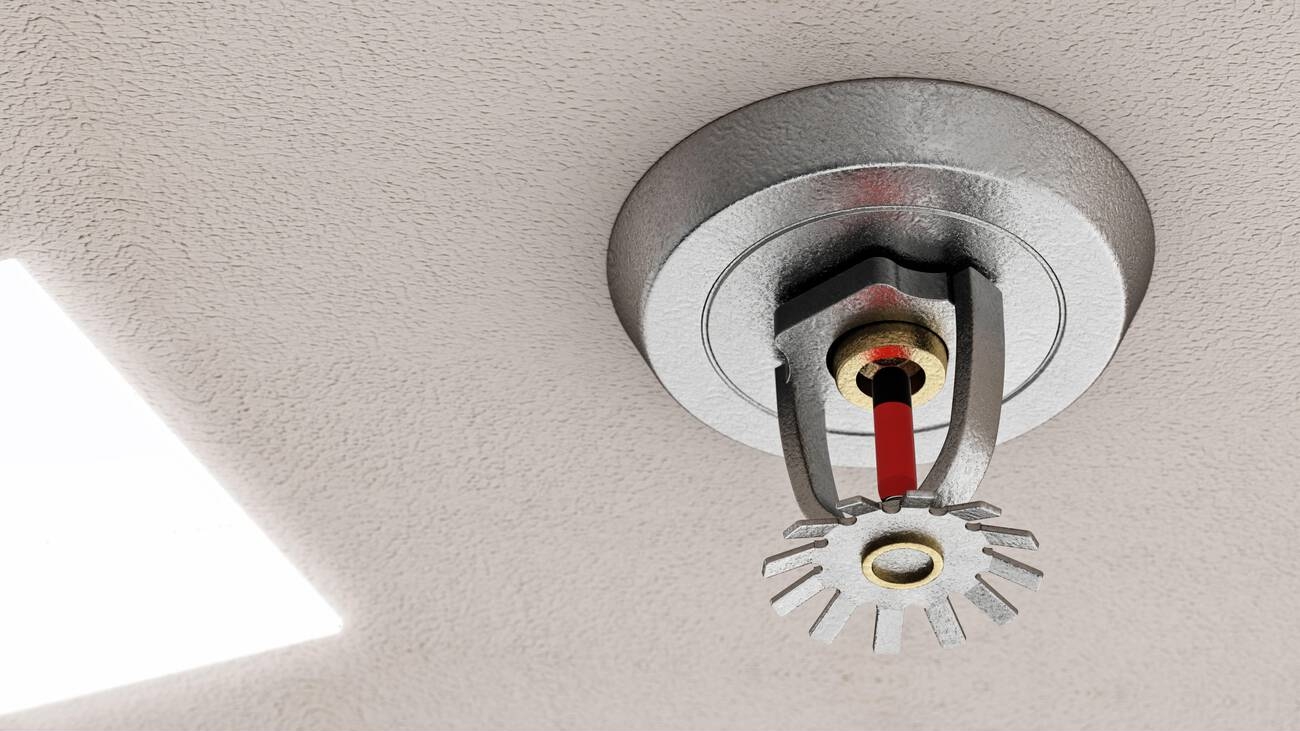Optimizing your support settings in Cura is crucial to achieve flawless 3D printing. Cura, a powerful software, offers various support options that can greatly improve the quality of your prints.
By understanding and fine-tuning these settings, you can prevent print failures, enhance stability, and reduce the need for post-processing.
This post provides you with steps to optimize your Cura support settings, allowing for accurate overhangs and saving time and materials during the printing process.
Introduction and Importance of Cura Support Settings
Cura support settings are crucial for achieving flawless 3D printing, and understanding their importance is key. Customization is a fundamental aspect of these settings as it allows you to optimize the supports for different models.
By properly optimizing the support settings, you can prevent print failures and improve overall stability.
- One significant advantage of optimizing support settings is the reduction in post-processing required after printing.
- Well-designed supports ensure accurate overhangs, eliminating the need for additional clean-up work.
- Not only does optimizing support settings enhance print quality, but it also saves time and material during the printing process.
- With accurate support structures in place, you can minimize wasted filament and avoid failed prints due to insufficient or excessive supports. This leads to significant time and material savings.
To achieve optimal results, focus on adjusting key support parameters such as density, pattern, placement, overhang angle, and interface thickness.
Fine-tuning these settings will allow you to find the perfect balance between support effectiveness and efficient use of resources.
Main Cura Support Settings
The main support settings in Cura allow you to adjust the amount of support material used, choose the pattern in which supports are generated, determine where the supports are placed on the model, set the angle at which supports are generated, and enable or disable a thin layer between the model and supports.
Support Density Adjustment
You can modify the amount of support material used by increasing or decreasing its density. This feature helps optimize support usage based on the complexity of your model.
Support Pattern Customization
Cura offers various support patterns like lines, zigzag, cross, and concentric. Experimenting with different patterns can improve support stability and ease of removal.
Support Placement Optimization
By choosing where supports are placed on your model, you can minimize their visibility and impact on print quality. Optimal placement ensures efficient use of materials while maintaining structural integrity.
Support Overhang Angle Experimentation
Adjusting the overhang angle determines how steep an overhang needs to be before a support is generated. Experimenting with different angles allows for fine-tuning of print quality and reduces unnecessary supports.
Support Interface Enable/Disable
Enabling a thin layer between the model and its supports improves adhesion while also making it easier to remove them after printing. Disabling this interface may be necessary for certain models that require minimal contact with supports.
Tips for Optimizing Cura Support Settings
To optimize your support settings in Cura, start by experimenting with different support patterns and making incremental adjustments based on the complexity of your model.
- Begin by conducting support pattern experimentation to find the most effective pattern for your specific model. Different patterns, such as Grid or Lines, can have varying levels of stability and ease of removal.
- Once you have determined the optimal pattern, move on to support density adjustment. Adjusting the density will allow you to strike a balance between providing enough support for overhangs while minimizing material usage.
- Next, focus on overhang angle optimization. By adjusting the overhang angle setting in Cura, you can control how steep an angle needs supports to be generated. Finding the right angle is crucial for clean and accurate overhangs without excessive supports that are difficult to remove.
- Additionally, evaluate the support interface option in Cura. Enabling the support interface creates a thin layer between your model and supports, improving adhesion and making it easier to remove supports after printing.
- Lastly, conduct a thorough analysis of your support placement. Consider using either “Everywhere” or “Touching Buildplate” options depending on your model’s complexity and desired coverage area.
Benefits of Optimized Support Settings
Optimized support settings improve print quality, reduce post-processing, and save time and material during 3D printing. Here are the benefits of optimizing your support settings:
Reduced Post-processing
By properly optimizing the support settings in Cura, you can minimize the need for post-processing. Well-designed supports ensure accurate and clean overhangs, reducing the amount of time spent on removing supports or cleaning up print imperfections.
Improved Stability
Optimizing support structures prevents print failures by providing adequate support to complex geometries with overhangs. This increased stability leads to a higher success rate of prints with intricate designs.
Material Savings
Adjusting support density based on the complexity of overhangs allows for efficient use of filament. By using just the right amount of support material, you can minimize wastage and achieve significant material savings.
Increased Success Rate
With properly optimized support settings, you enhance the overall efficiency and productivity in 3D printing. The combination of improved stability and reduced post-processing contributes to a higher success rate when printing models with complex geometries.
Time Efficiency
By utilizing optimized support settings, you can save valuable time during the printing process. Minimizing post-processing tasks such as support removal means less time spent on finishing touches after a print is complete.
Adjusting Support Settings in Cura
When adjusting support settings in Cura, it is important to consider the specific requirements of your model. To achieve flawless 3D printing, you need to optimize the support structure adjustment, support interface optimization, support density experimentation, support pattern testing, and overhang angle customization.
- Start by experimenting with different support structures. Cura offers Normal supports for uncomplicated models with standard overhangs and Tree supports for complex models with delicate or thin overhangs. Most users stick with Normal supports as the default setting but choose based on your model’s complexity and overhangs.
- Next, select the best support placement option: Everywhere or Touching Buildplate. Touching Buildplate places supports where there is a direct path to the build plate, while Everywhere places them all over the model regardless of complexity. The choice depends on your model and desired support coverage.
- Don’t forget to adjust the Support Overhang Angle. Lower angles create more supports, while higher angles create fewer supports. The default value in Cura is 45°, but around 50° is recommended for good print quality and material savings. Test and fine-tune this angle based on your printer’s performance and calibration.
Choosing the Best Support Structure
Now that you have adjusted the support settings in Cura, it’s time to choose the best support structure for your 3D printing project. The support structure choice is crucial and depends on factors such as model complexity and overhangs.
To help you make an informed decision, consider the following:
Normal Supports
These supports are suitable for uncomplicated models with standard overhangs. They provide reliable stability and are commonly used as the default setting in Cura.
Advantages
- Works well for most models
- Provides sufficient support for standard overhangs
Tree Supports
These supports are designed specifically for complex models with delicate or thin overhangs. They offer more intricate and targeted support, minimizing contact with the model itself.
Advantages
- Ideal for intricate and delicate models
- Minimizes surface contact with the model
Support Structure Choice
Consider your model’s complexity and the extent of its overhangs when choosing between Normal and Tree supports.
Factors to consider
- Model design intricacy
- Thickness of overhangs
- Desired level of surface contact
Selecting the Best Support Placement
To achieve the best results, you should consider adjusting the support overhang angle and selecting the best support placement in Cura. By optimizing these settings, you can ensure flawless 3D printing with clean and accurate overhangs.
When it comes to support placement, Cura offers two options: “Everywhere” and “Touching Buildplate.” Choosing “Touching Buildplate” places supports only where there is a direct path to the build plate, while “Everywhere” places supports all over the model, regardless of complexity. The choice of support placement depends on your model and desired support coverage.
Optimizing Support Overhang Angle and Other Settings
It’s also important to optimize the support overhang angle. This setting determines the minimum angle for supports to be printed. Lower angles create more supports, while higher angles create fewer supports. The default value in Cura is 45°, but a recommended angle for good print quality and material savings is around 50°. However, it’s essential to test and adjust this angle based on your specific 3D printer’s performance and calibration.



